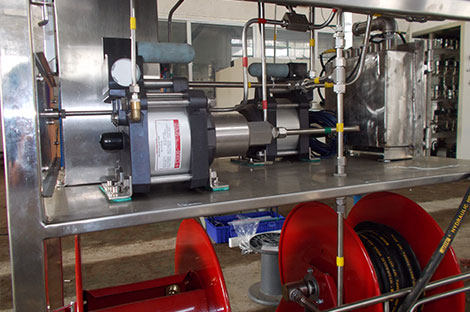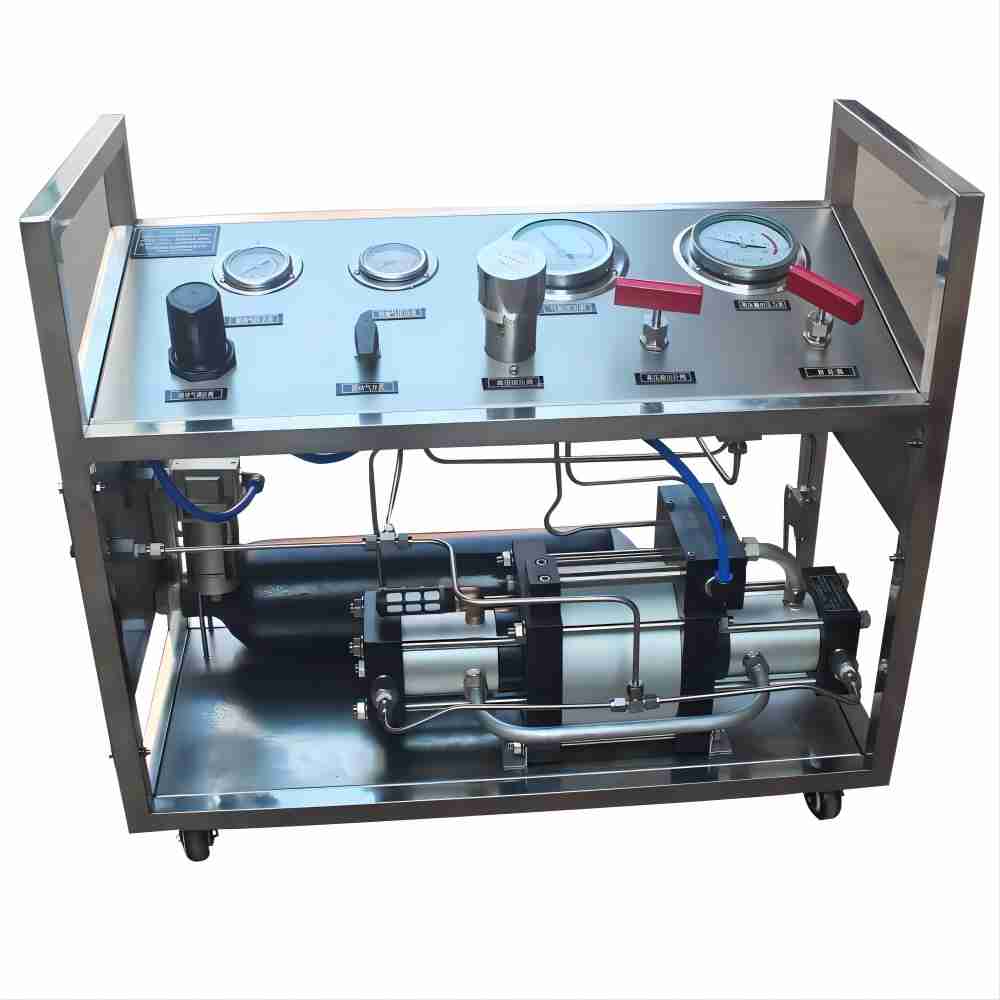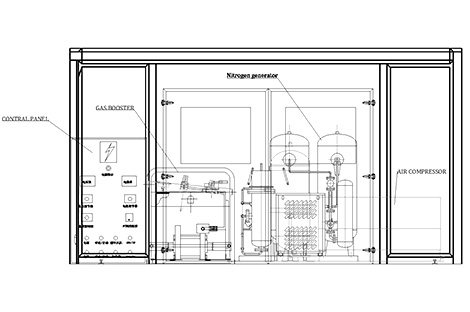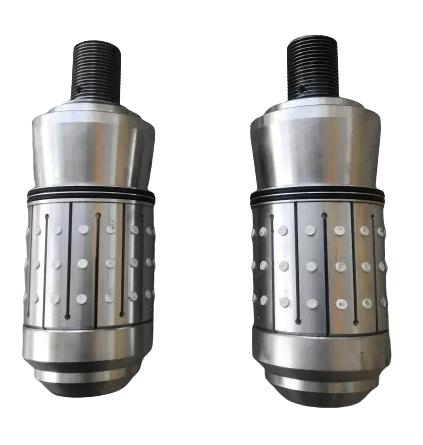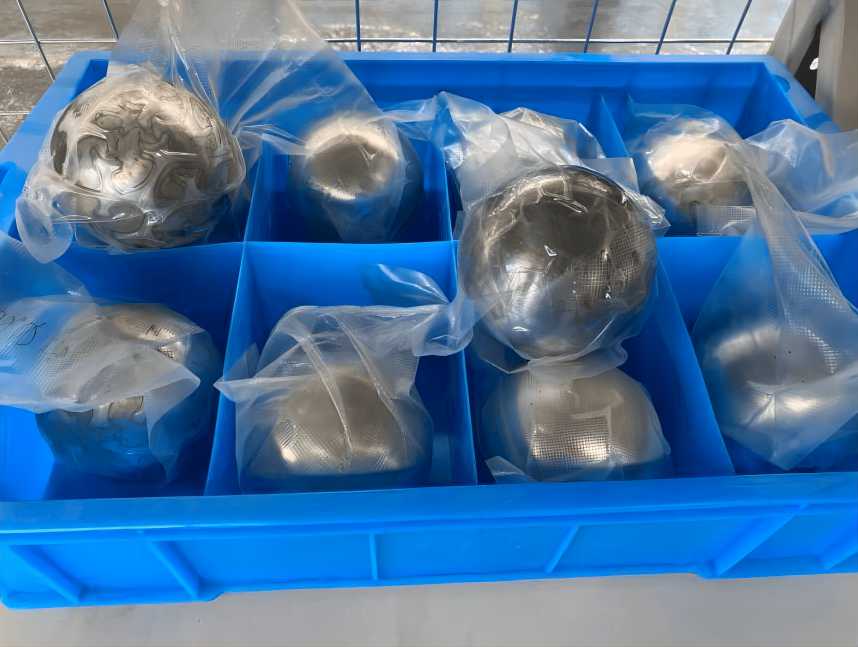Maintaining Oilfield Equipment: The Importance of Pressure Calibration Devices
Oilfield equipment is critical to the production and distribution of oil and gas. Without this equipment, it would be impossible to extract, refine, and transport these valuable resources. However, like any machinery, oilfield equipment requires regular maintenance and repair to ensure optimal performance and prevent breakdowns. One essential piece of equipment that is often overlooked but critical to the safe and efficient operation of oilfield equipment is the pressure calibration device.
Pressure Calibration Devices: What Are They?
A pressure calibration device, also known as a pressure gauge or pressure transducer, is a critical piece of equipment used to measure the pressure of liquids or gases in oilfield equipment. These devices are used to monitor the pressure of oil and gas in pipelines, tanks, and other equipment, ensuring that the equipment is operating within safe and optimal parameters.
Pressure calibration devices are designed to measure and report pressure in different units of measurement, such as pounds per square inch (psi), kilopascals (kPa), or bars. They typically consist of a sensor or transducer, which converts pressure into an electrical signal, and a display, which shows the pressure reading.
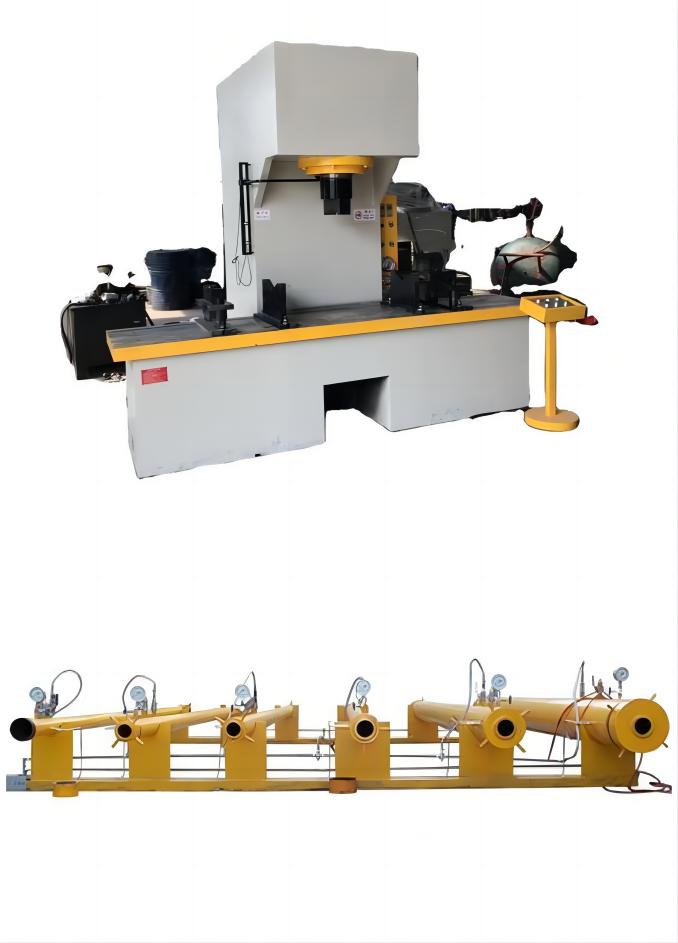
Maintaining Pressure Calibration Devices
To ensure that pressure calibration devices continue to function properly, they must be properly maintained. The following are some tips for maintaining pressure calibration devices:
Inspect the device regularly: Regular inspections are necessary to identify any damage or wear and tear on the device. Inspections should be performed by qualified personnel with the necessary skills and training.
Calibrate the device periodically: Pressure calibration devices must be calibrated periodically to ensure that they provide accurate readings. Calibration involves comparing the pressure reading of the device against a known standard and adjusting the device as needed.
Store the device correctly: Pressure calibration devices should be stored in a clean, dry, and temperature-controlled environment to prevent damage from moisture, dust, or extreme temperatures.
Replace worn or damaged parts: Any worn or damaged parts should be replaced promptly to prevent the device from malfunctioning.
Repairing Pressure Calibration Devices
When pressure calibration devices fail, they can lead to inaccurate pressure readings, which can result in equipment malfunction, production downtime, or even accidents. Repairing pressure calibration devices promptly is crucial to ensure the safe and efficient operation of oilfield equipment.
The following are some tips for repairing pressure calibration devices:
Identify the problem: The first step in repairing a pressure calibration device is to identify the problem. This requires a thorough understanding of the device’s design and operation.
Replace worn or damaged parts: Any worn or damaged parts should be replaced with high-quality replacement parts.
Calibrate the device: Once the device has been repaired, it must be recalibrated to ensure that it provides accurate pressure readings.
Test the device: Before returning the device to service, it should be tested to ensure that it functions properly.
If you still can not solve the problem, look for help from the oilfield equipment supplier immediately.
Safety Guidelines for Working with Pressure Calibration Devices
Working with pressure calibration devices can be dangerous if proper safety guidelines are not followed. The following are some safety guidelines that should be followed when working with pressure calibration devices:
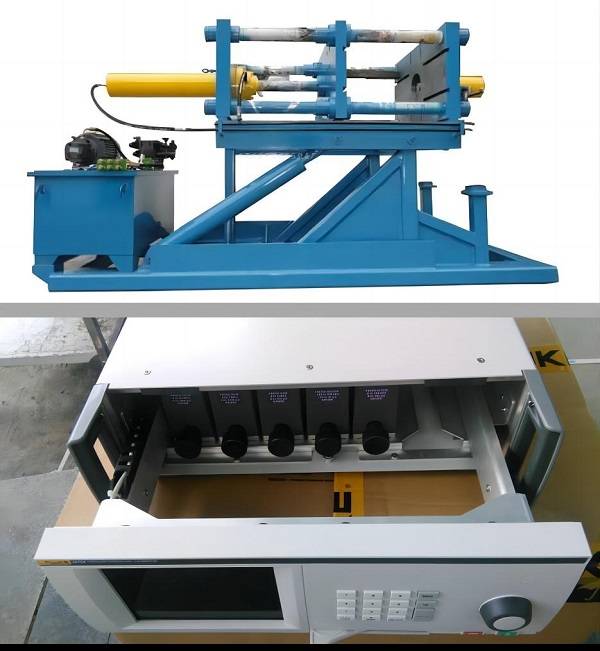
Wear personal protective equipment: Personnel working with pressure calibration devices should wear appropriate personal protective equipment, such as gloves, eye protection, and hearing protection.
Follow proper procedures: Personnel should follow proper procedures when handling pressure calibration devices, including installation, removal, and calibration.
Perform regular inspections: Regular inspections of pressure calibration devices can help identify potential safety hazards.
Conduct training and education: Personnel should be trained and educated on the proper use, maintenance, and repair of pressure calibration devices.
In conclusion, maintaining and repairing oilfield equipment is crucial for the safe and efficient production and distribution of oil and gas. Pressure calibration devices play a vital role in ensuring that equipment operates within safe and optimal parameters. By following the tips and guidelines provided for maintaining and repairing pressure calibration devices, oilfield personnel can help prevent equipment failure, ensure accurate pressure readings, and ultimately promote a safer and more efficient oil and gas industry.

